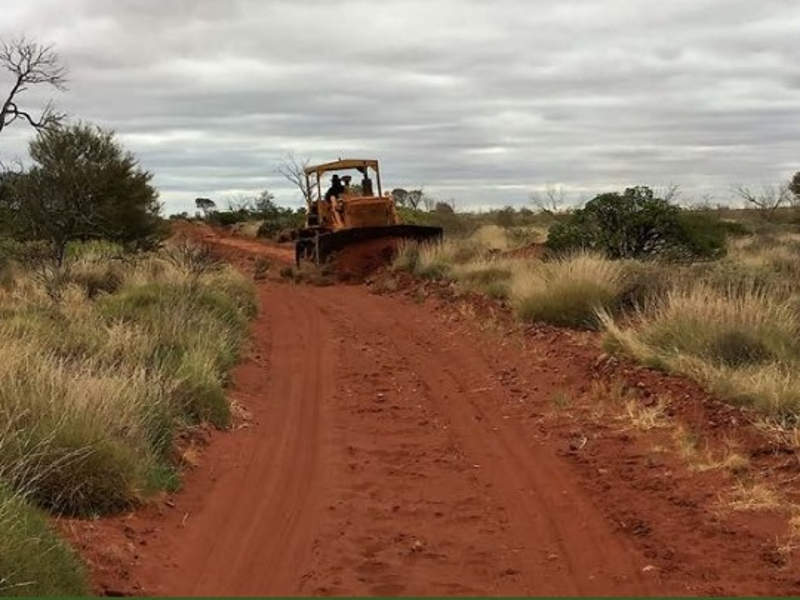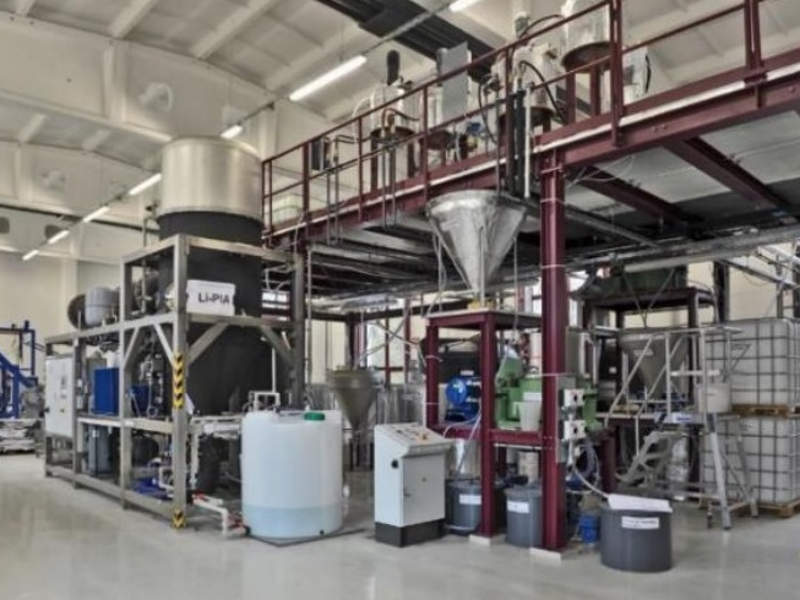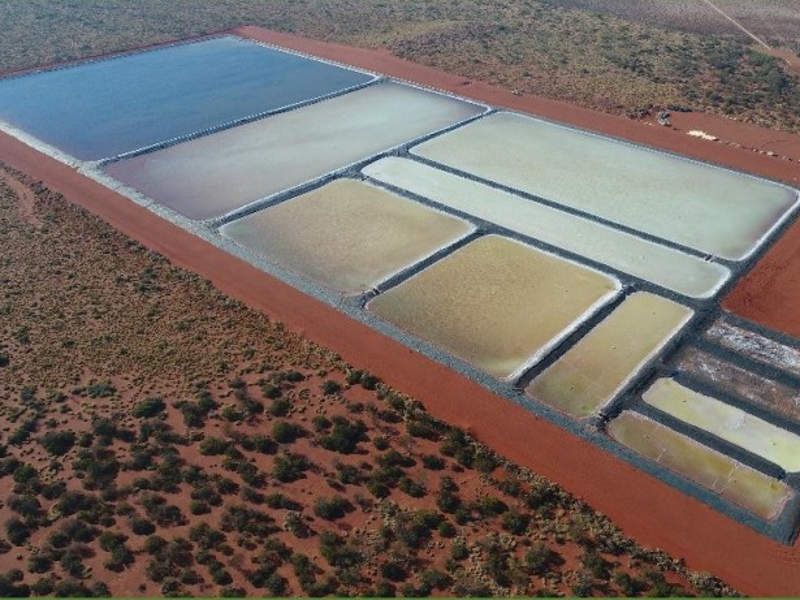Beyondie sulphate of potash (SOP) project is a high-grade brine deposit being developed by Kalium Lakes (KLL) in Western Australia.
The front-end engineering and design (FEED) works for the project were completed in March 2019. Main construction works on the underground project are expected to commence after reaching the final investment decision (FID) in 2019.
Scheduled to commence operations in 2020, the A$216m ($148m) project is expected to produce up to 180,000 tonne per annum (tpa) of SOP over a mine life of more than 30 years. It is expected to produce premium granular and soluble suite of products containing more than 51% K2O and less than 0.5% chloride.
KLL received final environmental approval for the project from the Western Australian Environmental Protection Authority (EPA) in April 2019.
Pre-feasibility study (PFS) of the two-phased Beyondie SOP project was completed in 2017, followed by the bankable feasibility study (BFS) in September 2018.
Beyondie sulphate of potash project location, geology, and mineralization
The Beyondie potash project is located to the east of the Great Northern Highway in Western Australia, extending into the Little Sandy Desert.
Spread over approximately 2,400km² (240,000ha) of granted mining tenure, the site is located 160km from the iron ore producing town of Newman and 200km north of the base metals and gold mining areas of Wiluna.
The deposit has brine-containing potassium and sulphate ions, which can form a potassium sulphate salt. Most of the brine is located within the saturated sediments below a lake surface and in sediments adjacent to the lake.
Brine grade of the project is one of the best in Australia, while the sodium to potassium (Na:K) ratio of 9.4:1 is far superior to that of its competitors.
Beyondie sulphate of potash project reserves
The Beyondie sulphate of potash project is estimated to contain proven reserves of 1.65 million tonnes (Mt) grading 13,830mg/l SOP and probable reserves of 3.49Mt grading 11,820mg/l SOP.
Mining at Beyondie
KLL proposes to use submersible bore pumps to recover brine from the deeper aquifer, while shallow trenches will be used at the surficial aquifer. The production bores will also capture any leakage from brine-bearing segments within the palaeovalley clay and fractured/weathered bedrock.
Ore processing
Solid raw materials will undergo brine concentration and crystallization process at the processing plant, wherein water will be removed through solar evaporation in the evaporation ponds. It results in the sequential crystallization of gypsum, halite, and astrakainite in the first two sets of ponds.
Calcium and sodium salts will be left within the ponds, while the remaining brine crystallizes in the next set of ponds to produce Kainite type mixed salt (KTMS) consisting of leonitic, schoenitic, and carnallitic mixed salts. The resultant salts will be harvested and stored separately prior to mixing, pre-crushing, and transferring to the SOP plant.
The product will be forwarded to the purification plant, which will store and crush the potash salts and convert them into raw schoenite by applying cooled SOP mother liquor.
After conversion, the schoenite will crystallize separately from halite, allowing for the separation of the salts from each other, followed by flotation of schoenite. The flotation process will reduce the concentration of halite in potassium-bearing salts to approximately 10% of its original concentration. Separation of flotation liquor and primary schoenite is performed by centrifuges.
The secondary schoenite will undergo cooling crystallization by mixing with warm aqueous SOP solution in a loop reactor at approximately 48°C. The SOP will be subject to centrifuge before being purified further by washing with aqueous SOP liquor. The resulting liquid will be recycled to the schoenite decomposition step.
The wet, purified SOP will be dried by using a fluidized bed dryer, compacted in a hammer mill and either packed into bags or stored as a bulk product.
Off-take of products from the Beyondie SOP project
Germany-based fertilizer company K+S will purchase 90,000tpa of SOP from the Beyondie project for an initial period of ten years, under a binding off-take agreement signed in March 2019.
KLL had also entered a non-binding off-take memorandum of understanding (MoU) with WITTRACO Düngmittel in June 2017, for the sale of 20% annual SOP from the Beyondie project during the first five years of production.
Financing
KfW IPEX-Bank agreed to provide A$102m ($72m) of senior debt funding for the project in March 2019.
The Government of Australia’s Northern Australian Infrastructure Facility (NAIF) approved long-term debt facilities worth A$74m ($50m) for the project in February 2019.
KLL also secured A$20.8m ($14.3m) of equity investment for the project from Greenstone Resources, a private equity fund, in April 2019.
Infrastructure at Beyondie project
Access to the project site is through the Great Northern Highway (GNH), located north of the existing Kumarina roadhouse. The final product is also proposed to be hauled by road.
A centralized gas-fuelled power station located near the processing plant will provide electricity required for the operations. A 78km lateral gas pipeline is to be constructed and connected to Goldfields Gas Pipeline. KLL was granted the license approval for the proposed pipeline in November 2018.
Raw water will be collected from water bores located 16.09km south of Kumarina, through pipes.
Contractors involved
K-UTEC AG Salt Technologies (K-UTEC), a company based in Germany, compiled the technical report and bankable feasibility study (BFS) of the Beyondie project.
DRA Global, Advisian, Shawmac, Wyntak, and Preston Consulting served as principal technical consultants for the study. RSM, DLA Piper Australia, HopgoodGanim Lawyers and BurnVoir Corporate Finance were engaged as accounting, legal, commercial, and financial advisors.
K-UTEC also conducted test work and engineering studies for verifying the evaporation pond and purification process design. It also produced approximately 250kg of SOP, by using materials harvested from the solar ponds from evaporation programme, as part of the pilot plant works.
Saskatchewan Research Council (SRC) was engaged for confirming and verifying the potassium sulphate recovery process, while Sahut-Conreur and Köppern were engaged to conduct test work for drying and compaction/agglomeration.





